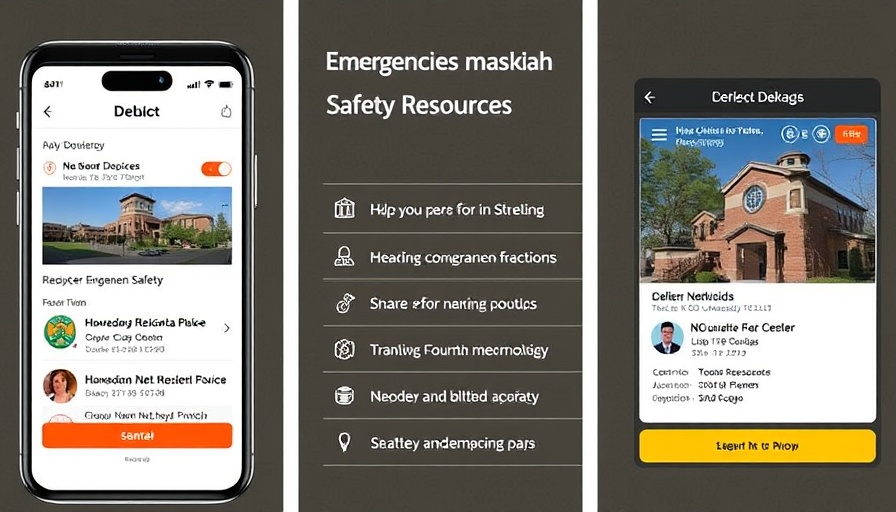
Ensuring Student Safety: CU Boulder’s New Mobile Innovation
In an era where campus safety is paramount, the University of Colorado Boulder has recognized the need for innovation and community engagement by introducing their mobile app, CU Boulder Safe. This app is designed to centralize vital safety resources and to provide an efficient, responsive communication system between students, faculty, and campus dispatch. In light of recent discussions surrounding campus safety, this initiative is a timely response to existing needs, providing a sense of security and accessibility for all CU Boulder affiliates.
A Centralized Safety Resource
With the CU Boulder Safe app, students, faculty, and staff have everything they need at their fingertips. It takes the place of the previous Guardian app, consolidating essential features including emergency alerts, mental health resources, and campus navigation tools into a single platform. This accessibility reflects a growing trend in educational institutions aiming to leverage technology in ways that enhance campus safety and community interaction.
Unique Features Designed for Modern Safety Needs
Among the app's standout features are Virtual Walkhome and Friend Walk. These functionalities allow users to share their location in real time with CU Boulder dispatchers or a trusted contact as they navigate campus, especially during nighttime hours when safety can be a concern. The Text-to-Dispatch function aligns with contemporary communication preferences, providing a discreet way to contact campus police for non-emergencies. These features aim not only to enhance security but also to foster a greater sense of personal agency among users.
Building a Safer Community Together
As emphasized by Marlon Lynch, Vice Chancellor for Public Safety, safety is a collective responsibility. The CU Boulder Safe app empowers its users by giving them the tools they need to stay informed and supported at any given moment, whether they face emergencies or are simply going about their day. With the ability to receive real-time alerts from the CU Boulder Police Department, as well as community partners like the Boulder Police Department, it is clear that this app is designed for comprehensive campus safety.
Expanding Dallas Strategies Across Campuses
As more universities implement similar technology, it's worth considering the broader implications of such innovations. Institutions nationwide are beginning to realize that the safety and security of their campus communities can be significantly improved through effective communication and resource management. CU Boulder’s approach is not only a reflection of its commitment to safety but also an indication of a larger trend toward leveraging technology to enhance the student experience within a safe environment.
In Conclusion: A Step Towards Enhanced Campus Security
As parents consider the safety of their children who may be heading off to college, innovations like the CU Boulder Safe app may provide reassurance. This tool symbolizes a proactive approach to campus security, where technology serves as an ally in ensuring that students feel safe and supported. The app allows for greater agency over one’s safety, fostering both community involvement and personal empowerment.
Encourage your child or loved one to download the CU Boulder Safe app and take advantage of its resources. It’s not just about tools; it’s about building a connected and resilient community.
 Add Row
Add Row  Add
Add 




Write A Comment